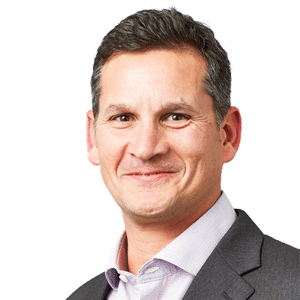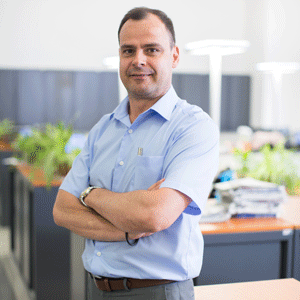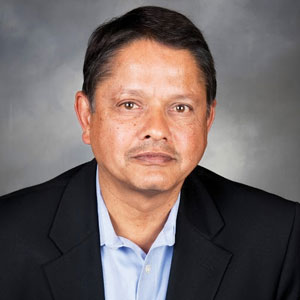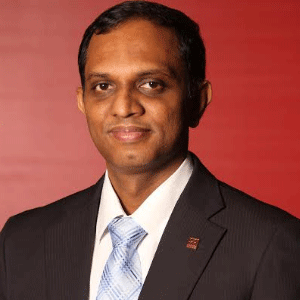THANK YOU FOR SUBSCRIBING
Editor's Pick (1 - 4 of 8)

Warren Lemmens, CTO, Oceania Region, Nokia
Hyper-Connectedness Is A Phenomenon And It Describes Our World That Is Evolving From Billions Of Digitally Connected People To Tens Of Billions Of Connected People And ‘Things’













